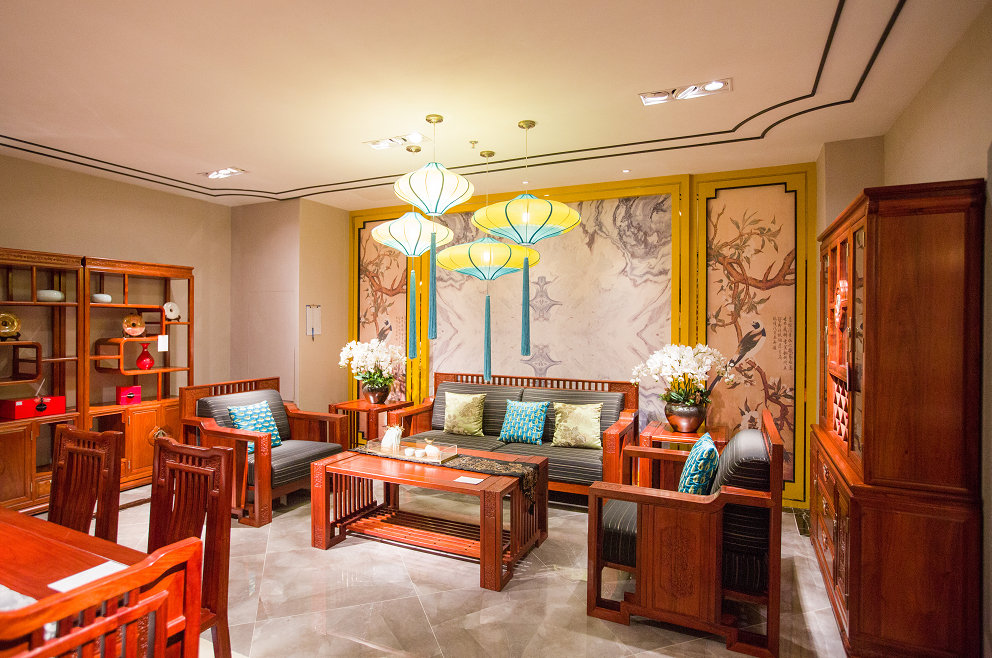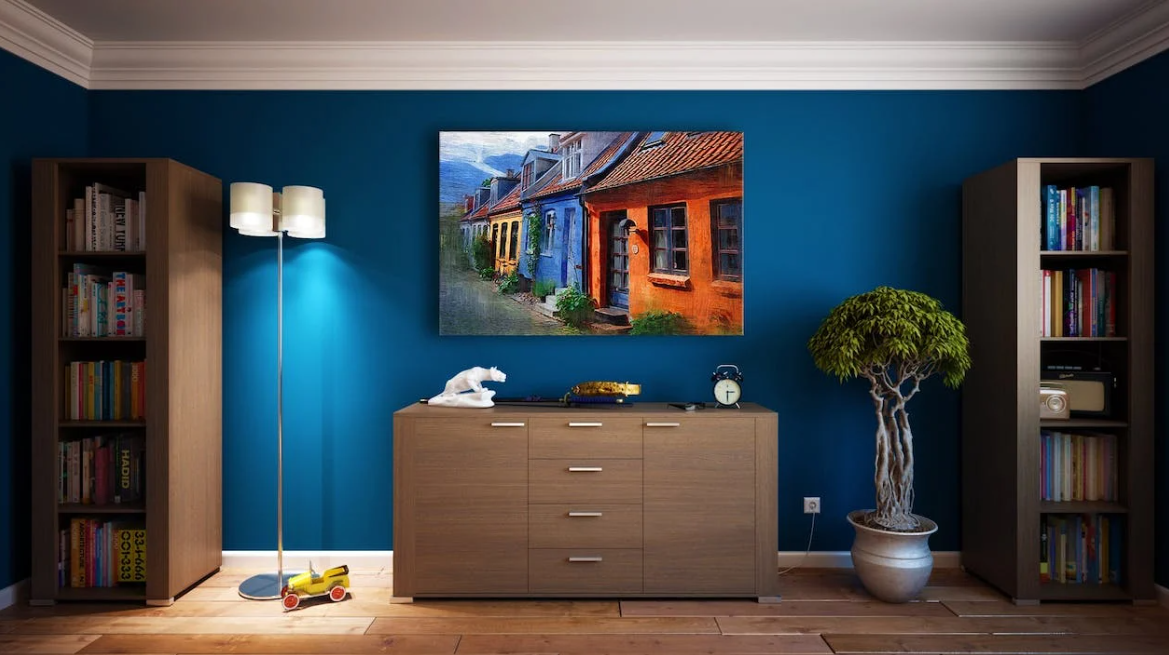Sustainable Furniture: Exploring Eco-Friendly Materials and Designs
In an era where environmental consciousness is at the forefront of design considerations, sustainable furniture has emerged as a beacon of responsible consumption and ethical production. From reclaimed wood to innovative eco-friendly materials, the furniture industry is witnessing a paradigm shift towards sustainability.

Sustainable Furniture
With growing awareness about environmental issues, consumers are demanding more sustainable alternatives. It has led to a surge in the popularity of sustainable furniture, which is characterized by its use of renewable resources, and minimal environmental impact manufacturing processes.
Eco-Friendly Materials of Furniture
Reclaimed Wood:
One of the most popular materials in sustainable furniture, reclaimed wood gives new life to old timber that would otherwise end up in landfills or incinerators. Salvaged from old buildings, barns, and warehouses, reclaimed wood possesses a unique character and history, making each piece of furniture one-of-a-kind.
Bamboo: Renowned for its rapid growth and renewability, bamboo has become a staple in sustainable furniture design. As one of the fastest-growing plants on earth, bamboo can be harvested without causing harm to the environment. It is also incredibly strong and durable, making it an ideal choice for furniture production.
Recycled Plastic: In recent years, recycled plastic has gained traction as a sustainable alternative to traditional materials like wood and metal. By repurposing plastic waste, furniture designers can create stylish and durable pieces while simultaneously reducing plastic pollution.
Cork: Harvested from the bark of cork oak trees, cork is a renewable and biodegradable material that is prized for its natural texture and insulating properties. In furniture design, cork is often used for tabletops, flooring, and upholstery, adding a touch of eco-conscious elegance to any space.
Upcycled Materials: From old newspapers to discarded textiles, upcycling involves transforming waste materials into new products of higher value. In the realm of furniture design, upcycled materials offer endless possibilities for creative expression while minimizing the consumption of virgin resources.

Design Principles of Sustainable Furniture
Minimalism:
Embracing the principles of "less is more," minimalist furniture design focuses on simplicity, functionality, and sustainability. By eliminating unnecessary ornamentation and using eco-friendly materials, minimalist furniture embodies the essence of sustainable living.
Modularity: Modular furniture allows for greater flexibility and adaptability in interior design, enabling users to customize and reconfigure their living spaces according to their changing needs. This design approach promotes longevity and reduces the need for frequent furniture replacement.
Biophilic Design: Inspired by the natural world, biophilic design seeks to incorporate elements of nature into the built environment. By integrating natural materials, textures, and colors, biophilic furniture design fosters a deeper connection to the environment and promotes health and well-being.
Durability and Repairability: In contrast to the disposable culture of fast furniture, sustainable furniture prioritizes durability and repairability. By investing in high-quality materials and craftsmanship, sustainable furniture is built to last for generations, reducing the environmental footprint associated with frequent replacements.
Benefits of Sustainable Furniture
Environmental Impact:
By using renewable, recycled, and non-toxic materials, sustainable furniture significantly reduces the environmental footprint of production and disposal. This helps conserve natural resources, reduce pollution, and mitigate climate change.
Health Benefits: Sustainable furniture is free from harmful chemicals and emissions, contributing to healthier indoor environments. This is particularly important for individuals with allergies, asthma, or other sensitivities to toxins commonly found in conventional furniture.
Economic Advantages: Although sustainable furniture may have a higher upfront cost, its durability and timeless design often result in long-term savings. High-quality materials and craftsmanship ensure that these pieces last longer, reducing the need for frequent replacements.
Conclusion
As consumers become increasingly aware of the environmental impact of their purchasing decisions, the demand for sustainable furniture continues to grow. By embracing eco-friendly materials and innovative design principles, the furniture industry has the opportunity to lead the way towards a more sustainable future. From reclaimed wood to recycled plastic, sustainable furniture offers a harmonious blend of style, functionality, and environmental responsibility. As we strive to create spaces that are not only beautiful but also sustainable, the journey towards a greener world begins at home.
